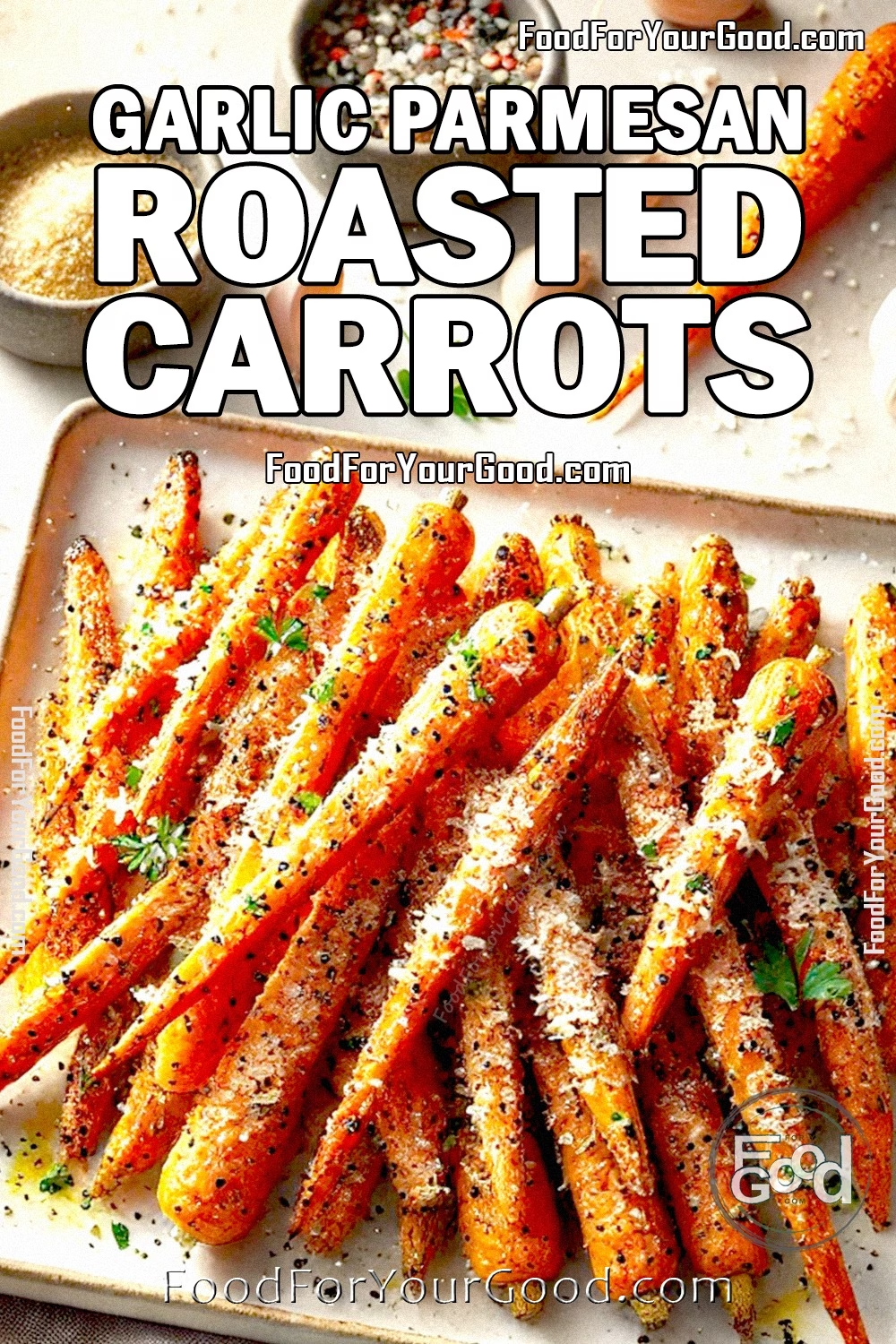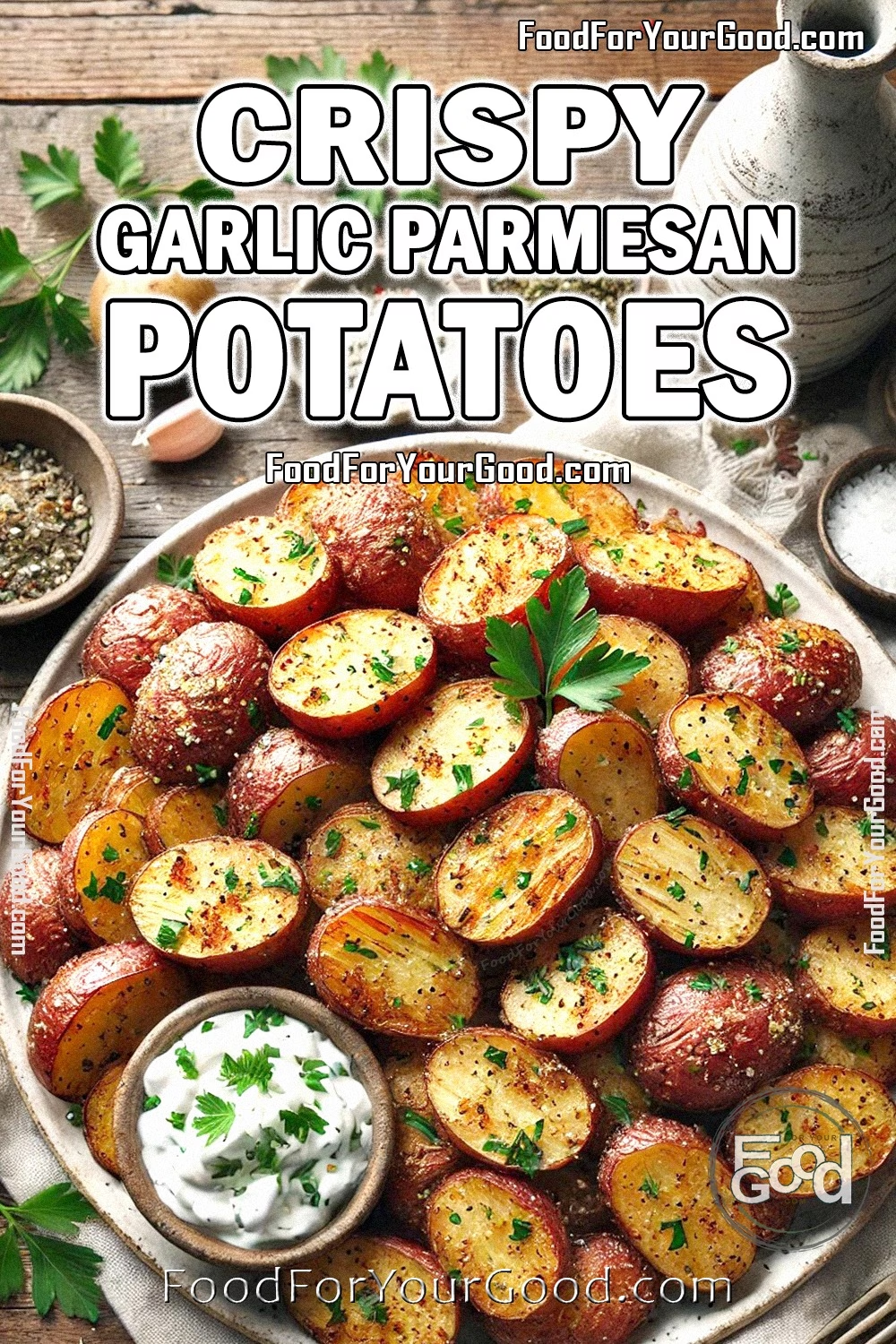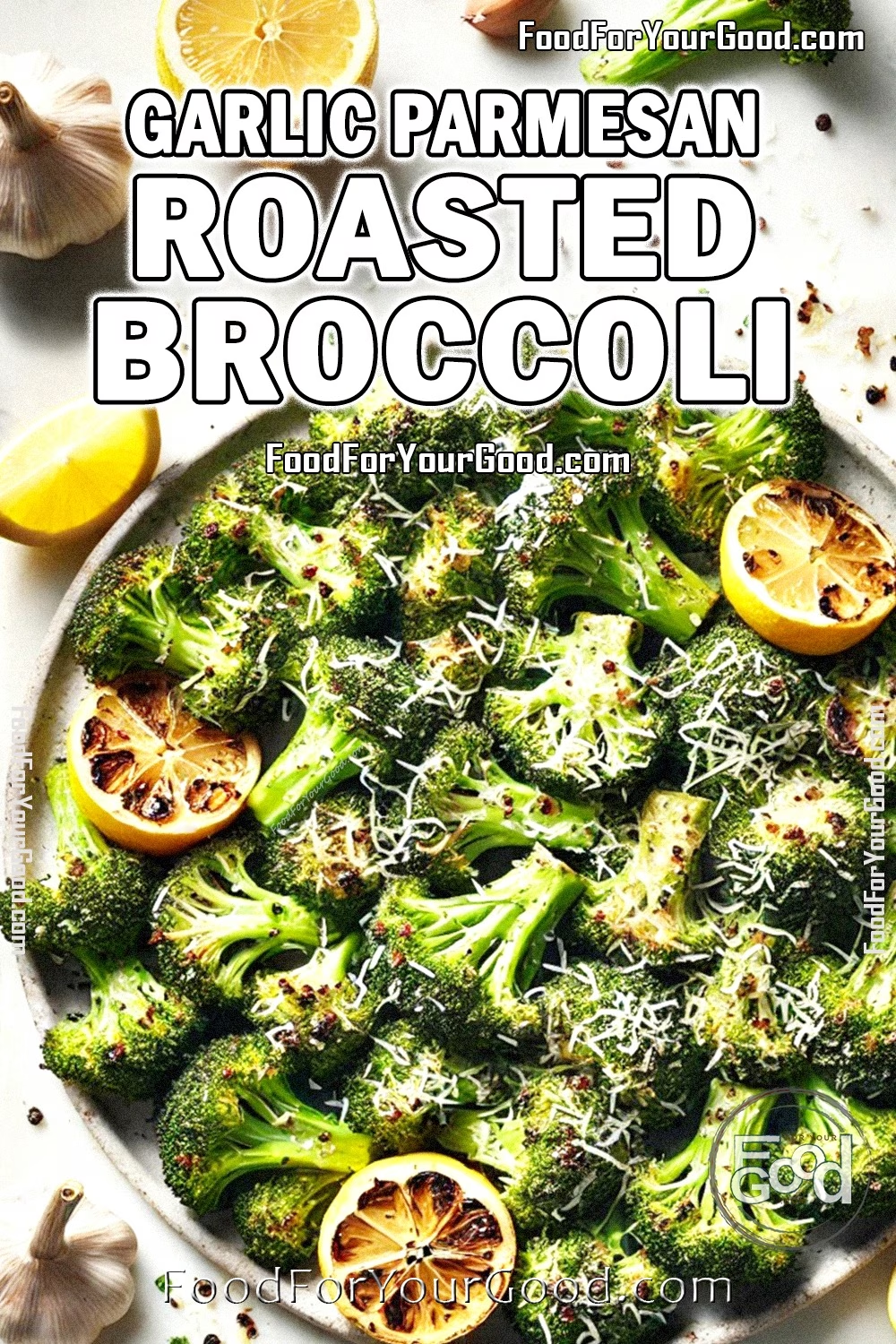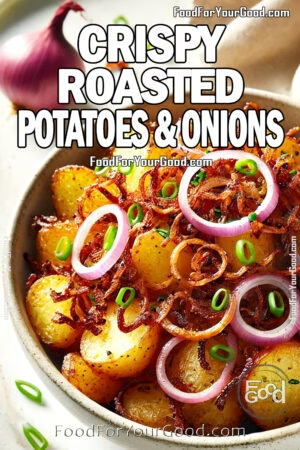Essentials to Roasting Vegetables is a guide that highlights simple yet transformative techniques to enhance the natural flavors of any vegetable. Moreover, the process caramelizes their natural sugars, creating a symphony of textures—crispy edges, tender interiors, and deeply satisfying bites. However, most importantly, how exactly do you achieve that perfect balance every time? This is precisely why we invite you to Essentials to Roasting Vegetables, where we’ll carefully walk you through every detail to help you maste this fundamental culinary skill.
In addition, this guide covers everything you need to know about roasting vegetables, from selecting the right varieties and seasoning them to perfection to mastering roasting times and serving ideas. Whether you’re just starting out or, alternatively, are already a seasoned home chef, this comprehensive guide is here to inspire you to create delicious, veggie-forward dishes with confidence and ease.
Why Roast Vegetables?
Roasting vegetables is a go-to method for a variety of reasons: it’s simple, versatile, and brings out the best in produce. Furthermore, here’s why you should absolutely love roasting:
- Enhanced Flavor: The high heat of the oven caramelizes the sugars in vegetables, giving them a sweet, nutty, and slightly smoky taste.
- Health Benefits: Roasting retains more nutrients than boiling or steaming, especially if you use a light coating of healthy oils.
- Versatility: From main courses to side dishes, roasted vegetables can star in any meal or cuisine.
- Ease of Preparation: Once prepped, vegetables roast largely unattended, leaving you with valuable time to focus on other tasks.
What’s more, roasted vegetables are undeniable crowd-pleasers. In fact, their rich flavors and appealing textures can convert even the most skeptical eater into a veggie enthusiast. As a result, roasting is not only convenient but also an incredibly delicious way to enjoy a variety of vegetables with minimal effort. Additionally, the versatility of roasting means you can adapt it to nearly any cuisine or occasion, adding your own creative spin.
Furthermore, roasting vegetables provides a fantastic opportunity to experiment with different flavors and seasoning combinations, ensuring your meals never feel repetitive. For instance, you can incorporate herbs like rosemary and thyme, or add a kick with smoked paprika or chili flakes, depending on your preferences. Consequently, the technique can easily align with any dietary preference or flavor profile. Moreover, roasted vegetables pair wonderfully with proteins, grains, or even other roasted sides, making them a truly versatile addition to your table.
Ultimately, roasting vegetables allows you to unlock flavors and textures that other methods simply can’t replicate. Therefore, it’s a technique every home cook should embrace to elevate their everyday meals into something truly memorable. Similarly, it’s a skill that adds elegance and depth to even the simplest dishes. As a result, mastering this method can transform your approach to preparing vegetables altogether.
Choosing the Right Vegetables
Not all vegetables roast the same way. Some thrive in high heat and become golden and crispy, while others soften and develop a silky texture.
1. Root Vegetables (Longer Roasting Times)
- Examples: Carrots, parsnips, sweet potatoes, beets, and turnips.
- Characteristics: Dense and slightly sweet, these vegetables benefit from longer roasting times at steady heat.
2. Cruciferous Vegetables (Moderate Roasting Times)
- Examples: Broccoli, cauliflower, Brussels sprouts.
- Characteristics: These veggies crisp up beautifully, especially when sliced or halved for even exposure to heat.
3. Delicate Vegetables (Shorter Roasting Times)
- Examples: Zucchini, bell peppers, asparagus, and cherry tomatoes.
- Characteristics: Their higher water content means they cook quickly. Overcooking can lead to mushiness, so watch them closely.
Pro Tip: Mix vegetables with similar cooking times on the same tray. For example, root vegetables pair well together, while zucchini and bell peppers share similar roasting needs.
Preparing Vegetables for Roasting
The secret to evenly roasted vegetables starts with preparation. Follow these steps for foolproof results:
1. Wash Thoroughly
Rinse vegetables under cold water to remove dirt. For produce like potatoes or carrots, use a vegetable brush to scrub the skin.
2. Dry Completely
Dry vegetables with a clean kitchen towel or paper towels. Excess moisture can lead to steaming instead of roasting.
3. Cut Uniformly
Slice vegetables into similar sizes to ensure even cooking. For instance:
- Carrots: Cut into 2-inch sticks.
- Broccoli: Halve larger florets lengthwise for even browning.
Pro Tip: Avoid overcrowding the baking sheet. Vegetables need space to roast, not steam.
Seasoning Secrets
Seasoning makes roasted vegetables shine. While salt and pepper are classics, you can easily experiment with bold flavors.
1. The Basics
- Salt: Use kosher or sea salt for even seasoning.
- Pepper: Freshly ground black pepper adds a nice kick.
- Oil: Olive oil is the go-to choice for roasting, but avocado oil works well for higher heat.
2. Bold Flavor Combinations
- Mediterranean: Olive oil, garlic, oregano, and thyme.
- Spicy Kick: Smoked paprika, cayenne pepper, and a touch of chili oil.
- Herbaceous: Fresh rosemary, parsley, or dill added after roasting for a burst of flavor.
Pro Tip: Toss vegetables in a bowl with oil and seasonings to coat them evenly before spreading them onto the baking sheet.
Mastering Roasting Times and Temperatures
Timing and temperature are critical for perfect roasted vegetables. Use the following chart as a guide:
| Vegetable | Temperature (°F) | Roasting Time (Minutes) |
|---|---|---|
| Carrots | 400°F | 25–30 |
| Broccoli | 425°F | 20–25 |
| Brussels Sprouts | 425°F | 25–30 |
| Zucchini | 400°F | 15–20 |
| Sweet Potatoes | 400°F | 30–35 |
| Cherry Tomatoes | 400°F | 15–20 |
| Cauliflower | 425°F | 25–30 |
Pro Tip: Stir or flip vegetables halfway through cooking to ensure even browning.
Tips for Perfect Roasted Vegetables
- Preheat the Oven: Always start with a hot oven for crispy exteriors.
- Use Parchment Paper: Prevent sticking and make cleanup easier.
- Don’t Overcrowd: Spread veggies in a single layer for optimal results.
- Check for Doneness: Test with a fork—vegetables should be tender but not mushy.
Serving and Storing Roasted Vegetables
1. Serving Ideas
- Toss roasted vegetables with quinoa or rice for a hearty bowl.
- Add to pasta with olive oil and Parmesan.
- Use as a pizza topping or sandwich filler.
2. Storing and Reheating
- Refrigeration: Store leftovers in an airtight container for up to 4 days.
- Reheating: Reheat in a 375°F oven to restore crispiness. Avoid microwaving, as it can make them soggy.
Must-Try Veggie Roasting Recipes
Ready to elevate your roasting skills? These recipes highlight the versatility and flavor of roasted vegetables, showing how simple techniques can create delicious side dishes. Plus, they demonstrate how a few ingredients can transform your meals.

Garlic Parmesan Roasted Carrots
Roasting brings out the natural sweetness of carrots, while garlic and Parmesan add savory depth. Additionally, this dish is easy to prepare and pairs well with any meal. It’s a great choice for both weeknight dinners and festive occasions.
📌 Try This Recipe: Garlic Parmesan Roasted Carrots

Crispy Garlic Parmesan Potatoes
Golden, crispy edges and fluffy interiors make this recipe a standout. Moreover, the garlic and Parmesan create a flavor-packed dish that’s perfect for family dinners or holidays. These potatoes are an excellent way to elevate any meal with minimal effort.
📌 Try This Recipe: Crispy Garlic Parmesan Potatoes

Garlic Parmesan Roasted Broccoli
This simple yet flavorful recipe showcases broccoli’s nutty notes enhanced by garlic and Parmesan. As a result, it’s perfect as a side dish or salad topper. The crispy edges make it a crowd-pleaser for even the pickiest eaters.
📌 Try This Recipe: Garlic Parmesan Roasted Broccoli










